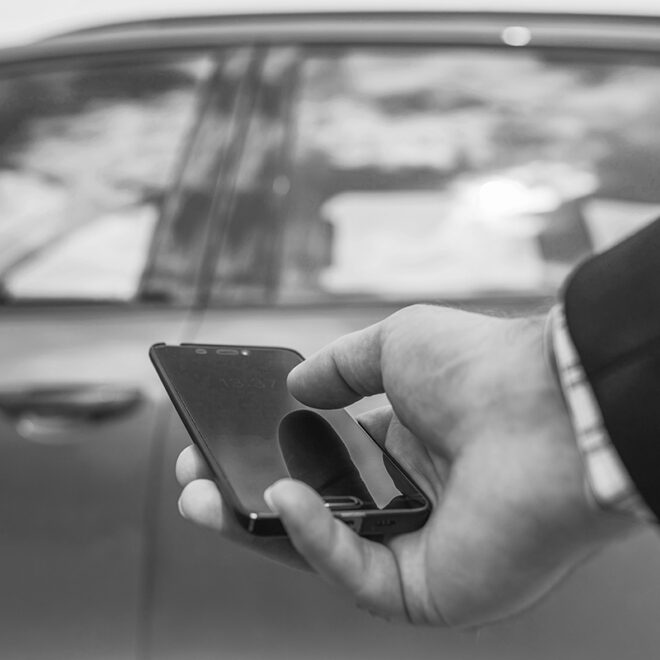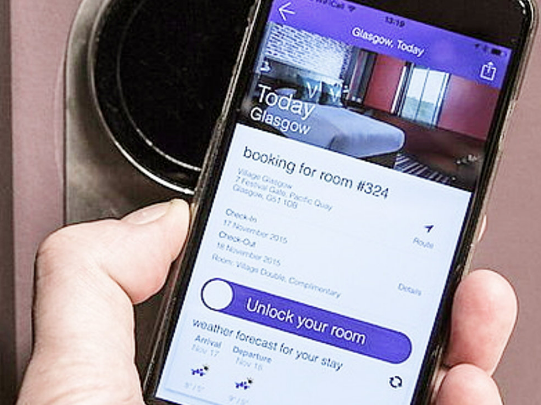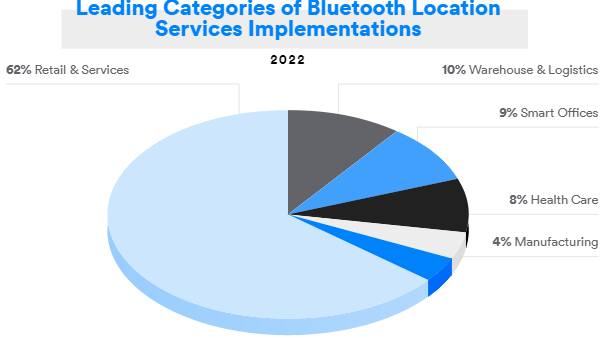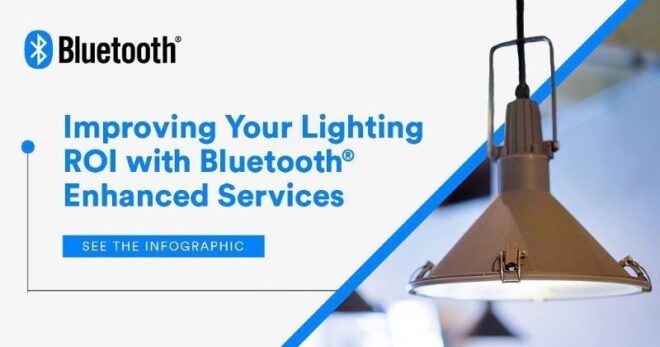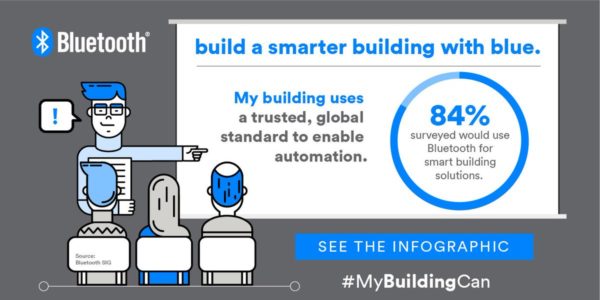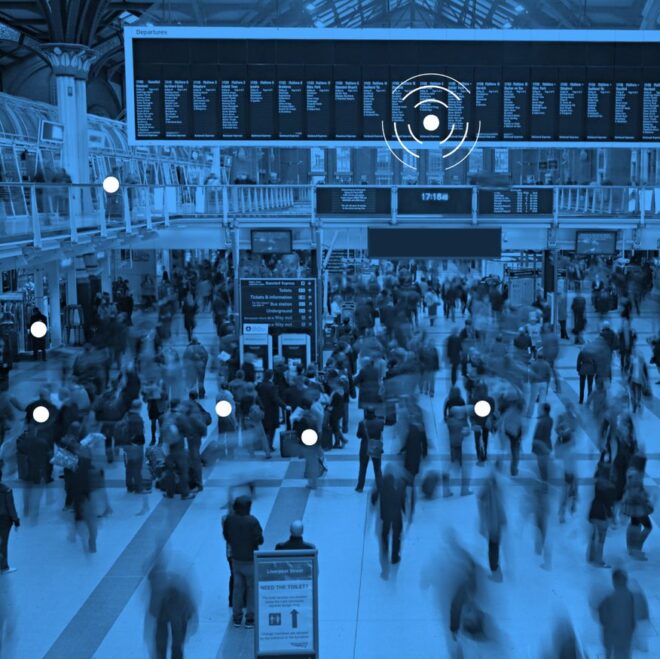![]()
Now that the word is out regarding the addition of new Bluetooth® Direction Finding capabilities, it’s worth looking more closely at how this enhancement will position Bluetooth Location Services to significantly improve the capabilities of today’s smart buildings, smart homes, and smart cities.
The increasing popularity of Bluetooth Location Services deployments helped create a market demand to enhance the user experience for proximity solutions that enable item finding and point of interest information solutions. The direction finding feature not only answered that demand, it also enabled new possibilities for Bluetooth positioning systems.
Positioning Systems
Positioning systems involve sophisticated infrastructure deployments and use Bluetooth® technology to determine the physical location of devices. To date, these systems have relied on the use of received signal strength (RSSI) measurements to estimate the distance between Bluetooth devices that are part of the system. Using this technique, positioning systems can achieve meter-level accuracy when determining the location of a specific device. However, by adding the new direction finding feature, these systems can use both signal strength and direction when determining the location of a device and, as a result, achieve greater accuracy — down to centimeter-level.
Real-time locating systems (RTLS) and indoor positioning systems (IPS) are two of the most popular types of Bluetooth positioning systems.
Enhanced Asset Tracking Accuracy
Bluetooth® RTLS solutions are used for tracking important assets in a facility, from locating the position of pallets, forklifts, and workers in a warehouse to ultrasound machines and patients in a hospital, helping to ensure safety and optimize response time in an emergency.
In a RTLS solution, low-power, battery-operated Bluetooth transmitters, commonly called tags, are attached to critical assets. These tags transmit their current location and received signal strength (RSSI) to Bluetooth receivers, often referred to as locators, in fixed locations throughout a facility. This provides facility managers with a general positioning of a tracked asset.
With the addition of a new direction finding capability, the location engine in an RTLS solution can now receive both the signal strength and the direction of tags and use that data to improve location accuracy down to centimeter-level. This will allow a factory to track the location and flow of materials with greater precision, as well as track and alert workers before they go into unsafe work areas.
Improved Indoor Positioning Precision

Bluetooth® indoor positioning systems (IPS) power the wayfinding solutions that help visitors, such as shoppers in a mall, travelers in an airport, or workers in a large office building, navigate their way throughout a facility. Many major facilities, like Mall of America, Target, and Gatwick Airport, already rely on Bluetooth IPS solutions to help visitors find their way and get customers moving in the right direction.
Bluetooth IPS solutions work in the opposite way as RTLS solutions. Instead of Bluetooth receivers, Bluetooth transmitters, commonly referred to as locator beacons, are deployed in fixed locations throughout a facility. Visitors then use an app that enables the Bluetooth radio in their smartphone to listen for locator beacons. Based on which locator beacons the app can hear, along with the received signal strength (RSSI) from each and their known locations, the app is able to use trilateration to calculate its current position.
Thanks to new Bluetooth Direction Finding capabilities, smartphones in an IPS solution can leverage both the signal strength and direction of locator beacons to improve the accuracy of its location determination down to centimeter-level. IPS solutions with direction finding support deployed in hospitals or shopping malls will be able to provide even greater positioning accuracy to improve the navigation experience or require the deployment of fewer locator beacons.
Download this paper, Enhancing Bluetooth Location Services with Direction Finding, to learn how the new direction finding feature will enhance other Bluetooth® Location Services.
![]()
FEATURED DOWNLOAD
Enhancing Bluetooth Location Services with Direction Finding
A new Bluetooth Direction Finding feature allows devices to determine the direction of a Bluetooth signal, thereby enabling the development of Bluetooth proximity solutions that can understand device direction as well as Bluetooth positioning systems that can achieve down to centimeter-level location accuracy.







